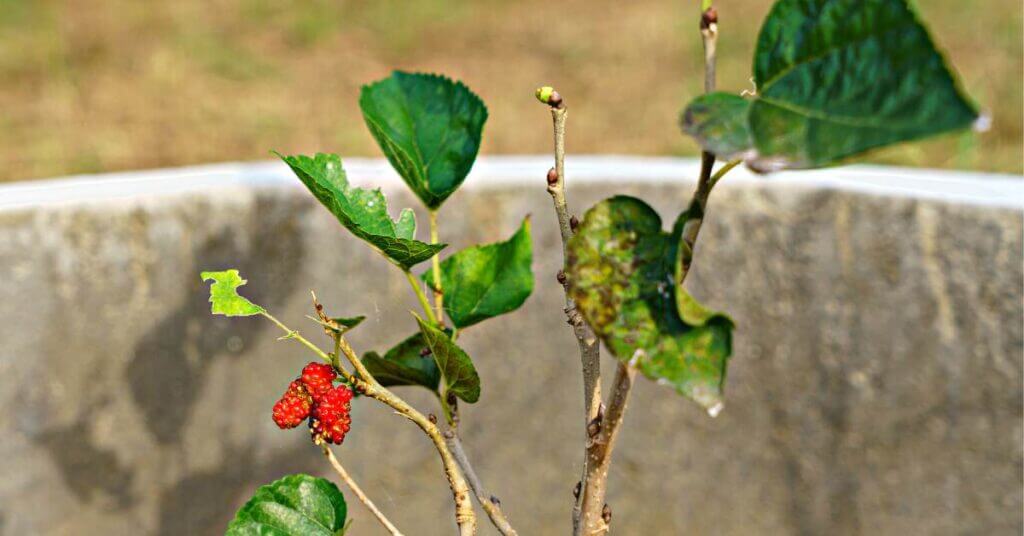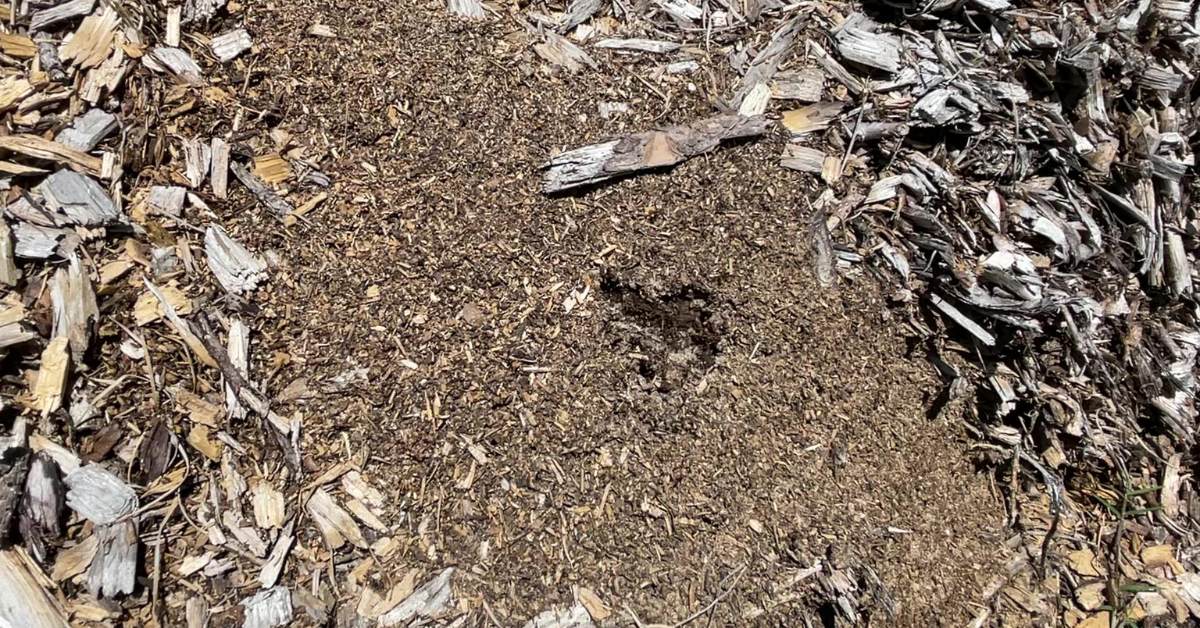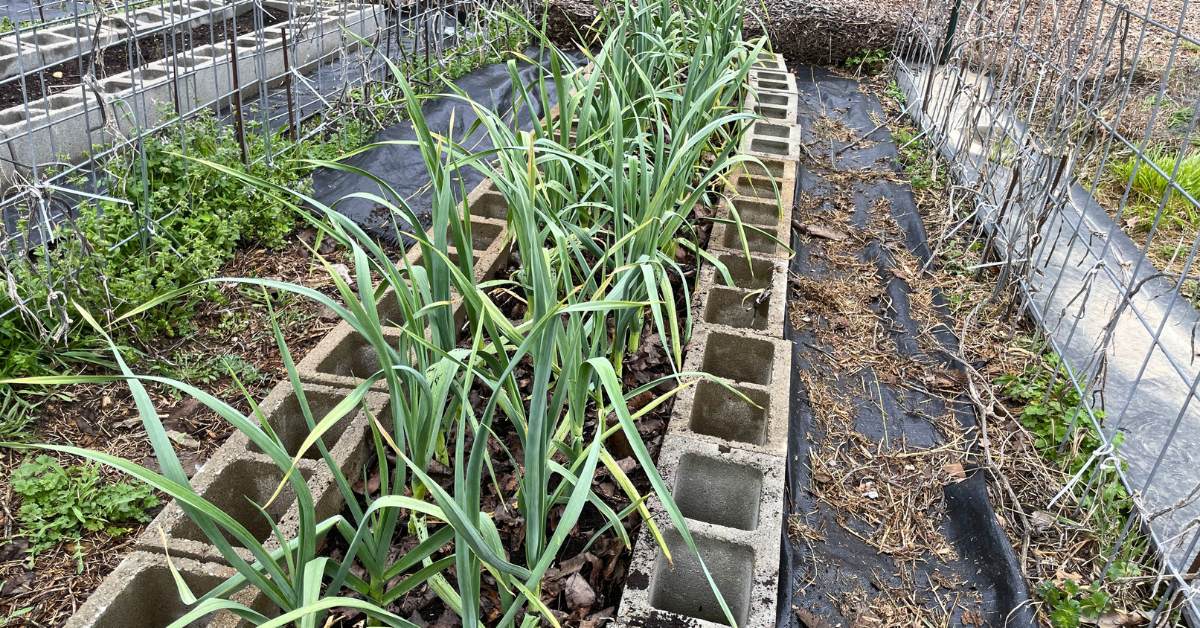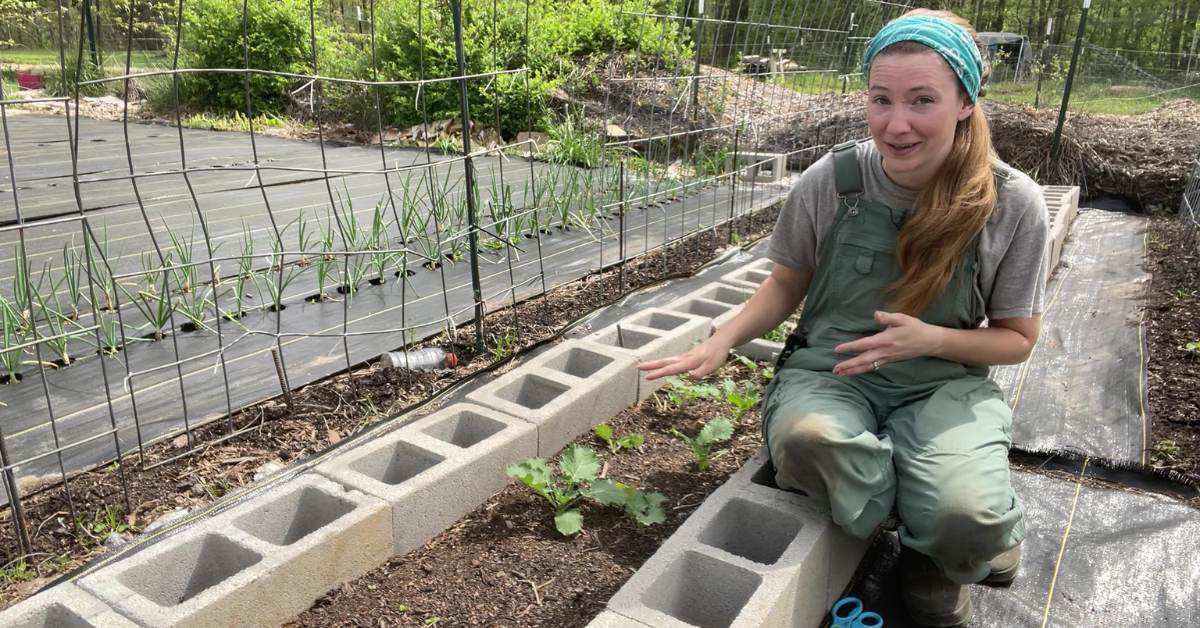Welcome to the world of plant parenting, where the vibrant green hues of your leafy companions can sometimes throw you a curveball by turning mysteriously black.
Don’t fret! It’s not a secret plant rebellion; rather, it’s a signal that something needs attention.
Today, we’ll explore the most common reasons behind your plant’s leaves taking on a darker tone and, more importantly, share some common fixes to bring back their lush, healthy glow.
7 Most Common Causes of Black Leaves
Black leaves often result from a combination of care mistakes and environmental stress.
Unfortunately, there’s a wide array of potential suspects behind this issue, and the exact cause can be hard to pinpoint. Overwatering invites root rot, choking the life from your plant. Too much direct sunlight scorches leaves, turning them black.
Improper watering, be it too little or too much, disrupts the balance your plant craves. Excess fertilizer can build up, burning roots and leaves alike.
Humidity plays a part too as high levels set the stage for fungal attacks.
Let’s troubleshoot by looking at each of these culprits a little deeper.
1. Temperature and Humidity Problems
Both indoor and outdoor plants can suffer from black leaves if exposed to harsh conditions. Too much heat can scorch the leaves, turning them black. Similarly, freezing temperatures damage plant tissues, also causing blackening.
Likewise, high humidity fosters fungal growth, while low levels dehydrate the leaves, maintaining a stable climate is important to prevent these extremes.
To rule out this issue, add a thermometer and hygrometer to your growing area. Keep a log of both readings for at least a week to see if either measurement dips or spikes outside of the average range—around 70-80°F for temp and 50-70% for humidity.
Prices pulled from the Amazon Product Advertising API on:
Product prices and availability are accurate as of the date/time indicated and are subject to change. Any price and availability information displayed on [relevant Amazon Site(s), as applicable] at the time of purchase will apply to the purchase of this product.
2. Root Rot
Root rot often turns your plant’s roots to mush. Too much water is the usual cause, leading to roots that can’t breathe, which then begin to decay.
As they do, fungi that thrive in wet soil attack and kill the root system. As a result, your plant can’t take up nutrients, and its leaves turn black.
This condition happens most often in pots with insufficient drainage or when you give your plants much more water than they need.
To remedy this, ensure pots have enough drainage holes, and check the soil before watering. It should feel just dry, not soggy.
3. Watering Issues
This one goes hand in hand with the previous culprit. As we indicated above, excess water can essentially drown your plants.
Conversely, it could just as easily be an underwatering issue. Deprived roots cause stress, and stressed plants develop black leaves.
Look at the soil, is it soggy or dry? Your answer clues you into which problem you’re facing. Adjust your watering routine accordingly.

Dream of Filling Your Pantry with Homegrown Staples?
Plan your garden with our FREE PRINTABLE—Staples Garden: What to Plant to Feed Your Family for a Year!
4. Light Exposure Issues
Light is life to your plants. Too little leaves it starving for energy. Yet, too much scorches its delicate tissues. Both extremes can dress your plant in a grim cloak of black.
To strike the right balance, place your plant near a window that catches gentle morning rays or soft afternoon light. Avoid the harsh midday sun that often proves too intense for indoor botanicals. You may also want to pivot the pot now and then. This ensures the whole plant gets adequate sun exposure.
If you’re dealing with black spots on outdoor vegetable plants, like tomato plants, it’s almost always an issue of too much sun. You’ll want to invest in shade cloth to protect them from the harsh, afternoon sun.
(Side Note: If you see browning or blackening on your potato leaves, it may just be that they’re ready to harvest. Here’s what potatoes look like when they die back.)
5. Fungal Diseases
Fungal diseases often mar potted indoor plants with black spots. These unsightly marks are more than skin-deep; they indicate a fungal infection within the leaf tissue. High humidity and poor air circulation create an ideal breeding ground for these pathogens. Recognizing the signs of fungal trouble is the first step in protecting your plants.
Take powdery mildew, for instance. This fungus coats leaves with a distinctive white, powdery residue before turning black. A space with stagnant air paired with moist conditions invites this unwelcome guest.
On the other hand, too much water in the soil can incite root rot. The roots may then infect the leaves, leading to black spots or worse.
To shield your plants, strive for dry leaves and well-aerated soil. Check your plants regularly, especially in humid weather. Immediate action can save your plant and prevent the fungus from spreading. Clear away affected leaves, tweak your watering habits, and encourage good airflow.
These simple changes make all the difference.
6. Over Fertilizing
Too much fertilizer can harm your plants as it leads to nutrient burn or chemical toxicity. Blackened leaves often signal this problem.
You might think more food means healthier plants, but that’s not necessarily the case.
Plants can only absorb a certain amounts of nutrients. When the balance tips, toxicity occurs, and the leaves can turn black.
To prevent over-fertilizing, follow the instructions on the fertilizer package carefully. This way, you provide just enough nutrients without overdoing it.
7. Pest Infestations
Pests like spider mites and scale insects can wreak havoc on indoor plants. As for in-ground garden plants, they can get attacked by sap-sucking insects like aphids and leafhoppers.
They drain essential nutrients, leaving behind blackened, damaged leaves. You should inspect your plants regularly for these tiny invaders.
Early detection of pests can save your plant from further harm. If you spot any, isolate the infected plant immediately. This action prevents the pests from spreading to your other greenery.
Treat infestations promptly with insecticidal soap or neem oil. These solutions target the pests without harming your plant. Consistent treatment and monitoring will help your plants recover and thrive once more.
Prices pulled from the Amazon Product Advertising API on:
Product prices and availability are accurate as of the date/time indicated and are subject to change. Any price and availability information displayed on [relevant Amazon Site(s), as applicable] at the time of purchase will apply to the purchase of this product.
How to Treat Black Leaves on Plants
Start with adjusting your care routine.
First, inspect the soil’s moisture levels. Stick your finger one inch into the soil; if it feels dry, water your plant. Always allow the soil to dry slightly between waterings. This will protect the roots of the plant from rot.
Second, evaluate the light conditions. Too much direct sunlight damages leaves. Move your plant to a spot with bright, but indirect light to avoid the harsh effects of direct rays.
For fungal issues, cleanliness saves the day. Remove infected leaves with sterilized scissors. Dispose of them immediately. Fungicides might be necessary.
Prices pulled from the Amazon Product Advertising API on:
Product prices and availability are accurate as of the date/time indicated and are subject to change. Any price and availability information displayed on [relevant Amazon Site(s), as applicable] at the time of purchase will apply to the purchase of this product.
For pests, insecticidal soap is your ally. It deals with invaders like spider mites, scale insects, fungus gnats, and even beetle infestations. Regular application should keep pests at bay.
Remember, careful attention and consistent care helps prevent black leaves.
Frequently Asked Questions
Should You Cut Black Leaves Off Plants?
In most cases, snipping off blackened foliage can prevent further spread of potential disease. It also helps direct your plant’s energy towards fostering healthy new growth. When you remove these leaves, do so with clean, sharp scissors. Cut close to the stem but be careful not to harm it.
Black leaves can also be a sign to reassess your plant care routine. Sometimes, simply adjusting water habits or light exposure solves the issue. Always discard the removed leaves properly to avoid contaminating the soil. A clean environment and proper maintenance keep your plant healthy.
What Diseases Turn Leaves Black?
Several plant diseases can cause leaves to turn black. Bacterial diseases attack the leaves, leading to black, disfigured spots. You might encounter bacterial leaf spot disease that shows up as black or brown leaf tips.
Fungal infections also wreak havoc. Take sooty mold, for instance. It covers leaves with a black, powdery substance, blocking sunlight. Powdery mildew, another common offender, starts as white patches but can turn leaves black as it progresses.
Both types of pathogens thrive in moist environments. They exploit weak spots in a plant’s defenses. Tackle these issues by reducing humidity and improving air circulation around your plants. Consider applying a fungicide or bactericide if you confirm an infection.
What Happens When a Plant Turns Black?
When a plant’s leaves turn black, it faces significant challenges. Photosynthesis, the process by which plants use light to produce food, requires healthy green leaves. The black color indicates that the leaf is no longer functioning properly. It can’t absorb sunlight effectively, depriving the plant of the energy it needs for growth.
Without this crucial function, the plant struggles to thrive. Growth stalls and, if left unchecked, the plant may eventually die.
Consider the blackened leaves a distress signal. They show that immediate care is necessary to address the underlying issues harming the plant.
Address the problem fast to help the plant recover. Keep in mind that the longer the leaves stay black, the more harm the plant might endure.
Ultimately, the best way to avoid blackening of the leaves is to vigilant in monitoring and caring for your plants. Make sure your plants get enough water, but not too much.
If you’re dealing with leaf damage on outdoor plants, you’ll need to take steps to mitigate environmental factors (like too much sun or lack of rainfall).
Also, remember to be light-handed with liquid fertilizer. A flood of plant food all at once can be just as harmful as nutrient deficiencies. Balance is key.
Read Next: Does Potting Soil Go Bad?












